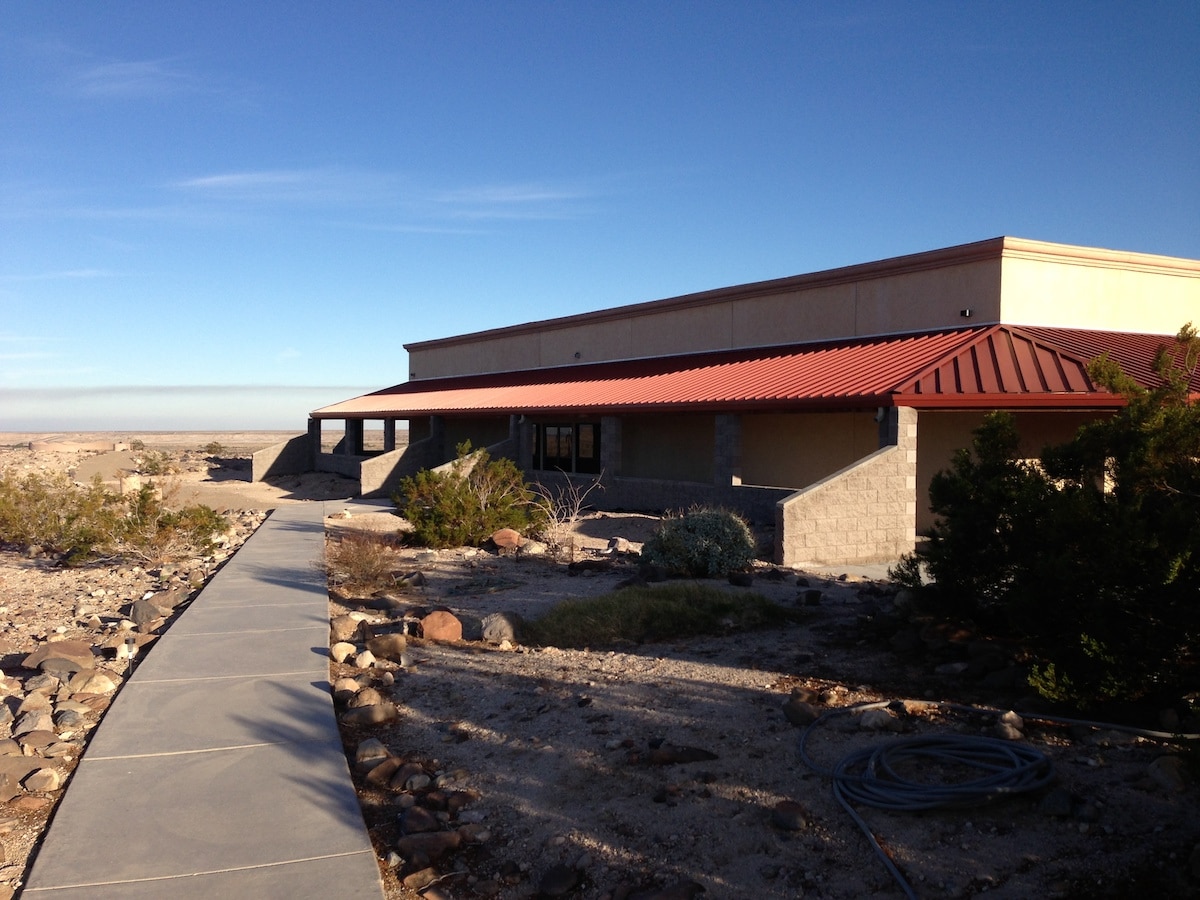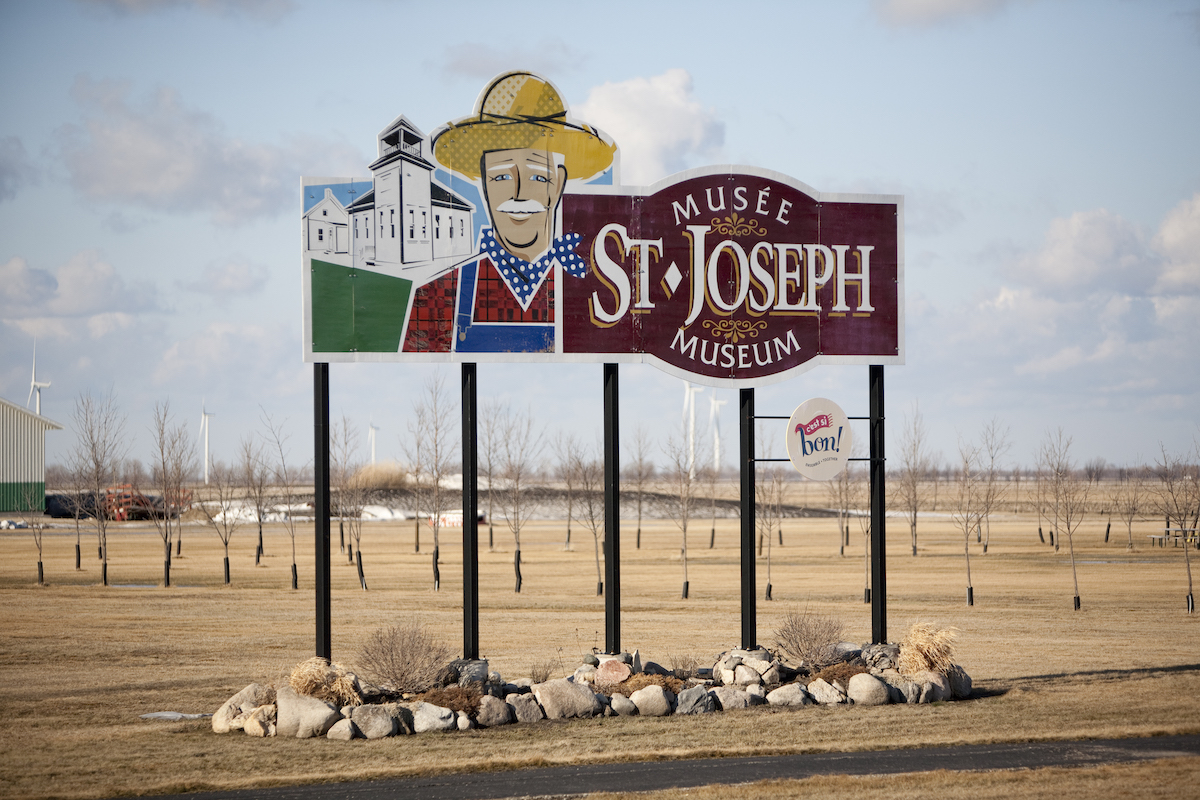Being a meaningful contributor to the communities that host our facilities has always been a core value for Pattern Energy. The Community Benefits Program (CBP) is a key component of that commitment. Through the CBP, Pattern channels funds into a wide variety of causes to make a meaningful contribution to the wellbeing of every community where renewable energy projects are developed, built, and operated.
Sarah McCall, a member of Pattern’s public engagement team, says it’s all about being a good neighbor.
Each Community Benefit Program is created during a project’s development stage, well before infrastructure is installed.
Commitment to Community
Every site where Pattern works receives benefits under the program. The details of each site’s funding commitment vary according to local needs. Before establishing a local program, the Pattern team consults with local officials and community members to identify giving opportunities.
In some cases, a one-time investment in a large project makes the most sense. For example, the program might provide the funds a town needs to upgrade its fire station or build a youth sports facility. In other cases, providing a long-term source of funding for a wider variety of local organizations is the better fit.
Before investments are made, the team engages with the community to learn where funds are needed the most.
When a long-term funding initiative is the right fit, the company enters into a binding agreement to give the community added confidence that funding will be there. “Each agreement looks a bit different, but typically we work closely with community leaders, elected leaders, and other stakeholders to make sure we’re getting input and feedback from the community about the needs and where our investment can make the most impact,” Sarah says.

The Bootleg Volunteer Fire Department in Hereford, Texas, has received funds under the Community Benefits Program.
How The Program Works
“A lot of our facilities operate in small and rural communities. Usually, there isn’t much access to donations and funding, so small organizations have to get creative in how they fund their programs. In that regard, we are welcomed as a funding source,” Sarah says.
Once the connection with the community has been made, the conversations start.
“We will sometimes set up a granting program through the local community foundation. We will create a local advisory board who will review grant applications and make final decisions on where money from the CBP will be distributed,” Sarah says.
Community engagement and feedback are huge parts of the program, because local perspectives are critical to shaping what the investments look like. By listening to the community and learning about their goals, the Pattern Energy team can customize the program.

Pattern is proud to support the Imperial Valley Desert Museum in Ocotillo, California.
A Customized Approach
“One model that we commonly use is that we will work with the local community foundation, we’ll make a large investment, and then we might also make a yearly investment. Through the community foundation, nonprofit organizations can apply for grants. Another model is setting up a direct contribution to an organization that falls in line with our giving priorities,” Sarah says.
Giving priorities typically include first responders, environmental causes, youth, and education.
“In the past, we have set up programs with local colleges, or vocational schools to provide annual funding towards some kind of technical program. Sometimes we’ll do a one-time investment. At our Santa Isabel Wind facility in Puerto Rico, we made an investment in their local hospital. We worked with the community to understand what the hospital’s needs were, and that was a one-time investment to help them upgrade their facility,” she explains.
Another example of the Community Benefits Program is the South Kent Wind Community Fund which was established in 2013. Grants are administered by the Chatham Kent Community Foundation. This grant supports environmental, health and wellness, youth and education, First Nation and Métis, and community initiatives.
Other communities have asked for help preserving local history and culture.
“We had a really wide-ranging Community Benefits Program at Ocotillo Wind. We worked with the Imperial Valley Desert Museum, which is right in the vicinity of our wind farm. We made an investment in them to help them modernize their archiving system, make upgrades to the facility, and add some new educational programming. Some of the agreements were with local Indigenous communities as well,” Sarah says.

The CPB has supported the Musée St. Joseph Museum in St. Joseph, Manitoba.
Continuous Giving
Once a project goes into operation, each site can make additional contributions to the community.
“Each facility manager oversees their community engagement budget, which covers things like landowner dinners and events, advertising, mailings, and other things related to engaging with the community and building relationships. The facility manager can decide where to provide sponsorship and donations,” Sarah says.
While many Community Benefits Programs have been established for a number of years, the Pattern Energy team is working on developing programs for new developments like the SunZia Wind and Transmission project in New Mexico and Arizona. Experience with existing programs helps shape what future programs look like.
“There are always lessons to be learned. I think it’s important for us to look at the ones that are already established and learn what went really well with those and apply it to the ones in the future,” Sarah says.